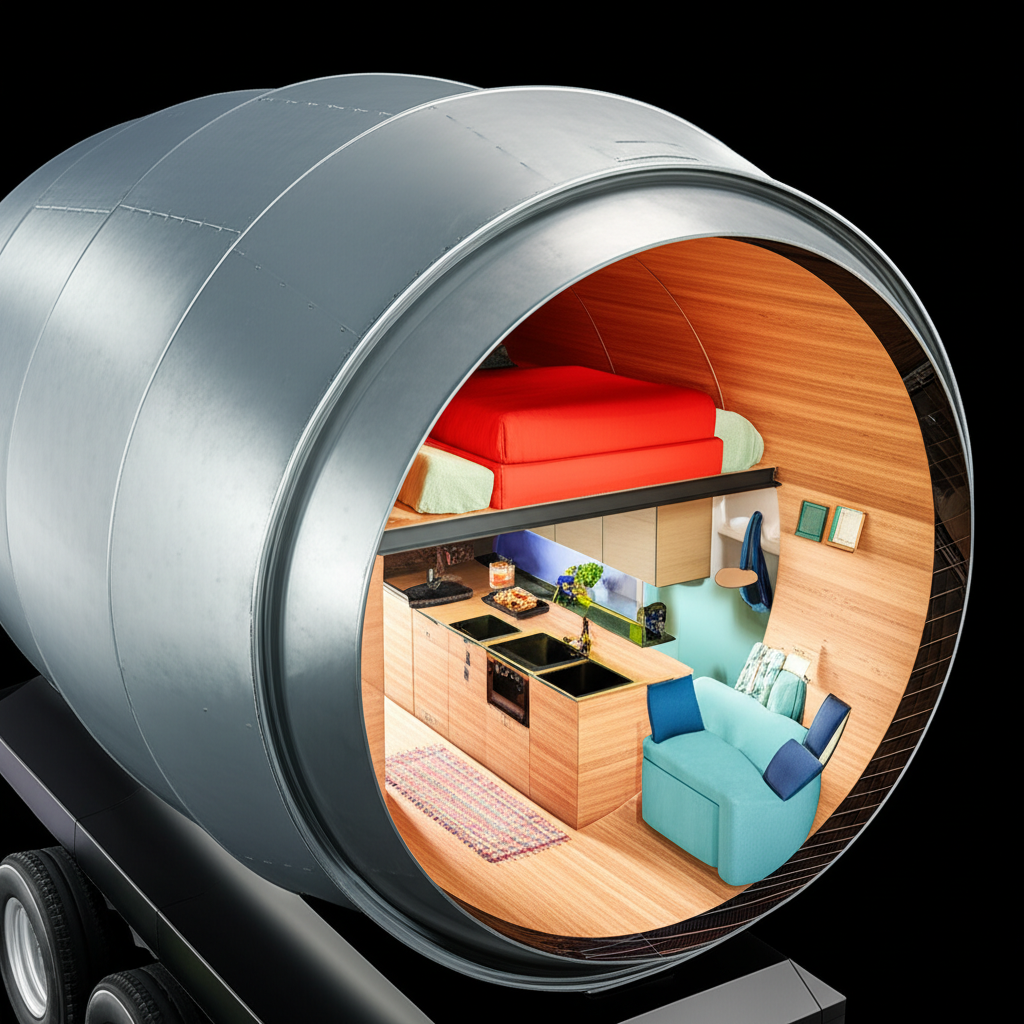
In an unexpected twist on sustainable architecture, decommissioned wind turbine components are finding new life as innovative tiny homes. Swedish energy giant Vattenfall has partnered with Dutch design firm Superuse to repurpose retired turbine nacelles—the bulky housings containing mechanical equipment—into compact, eco-conscious dwellings. This groundbreaking initiative addresses the growing challenge of wind turbine disposal while creating functional living spaces with minimal environmental impact.
The first prototype, named Nestle, demonstrates the concept’s potential with 36 square meters of thoughtfully designed space. Inside, residents will find a modular living area, a loft-style bedroom, a kitchen, and a bathroom, all powered by solar panels and a heat pump system. Triple-glazed windows and advanced insulation ensure energy efficiency, while recycled materials, including a table crafted from a turbine blade, add a distinctive touch. The unit was constructed using a nacelle that once operated 100 meters above Austria’s Gols wind farm.
Beyond its compact footprint, the Nestle home represents a creative solution to the wind industry’s waste problem. While turbine towers and blades are increasingly recycled, nacelles have remained difficult to repurpose due to their complex composition. By converting them into habitable spaces, Vattenfall and Superuse are pioneering a circular economy approach that could inspire similar projects worldwide.
Looking ahead, the concept could serve multiple purposes, from emergency housing to permanent minimalist residences. Vattenfall has also pledged to achieve full recyclability for turbine blades by 2030, with nacelles following suit. As renewable energy infrastructure ages, such innovations highlight how sustainability can extend far beyond energy production—transforming industrial waste into livable, low-impact homes.